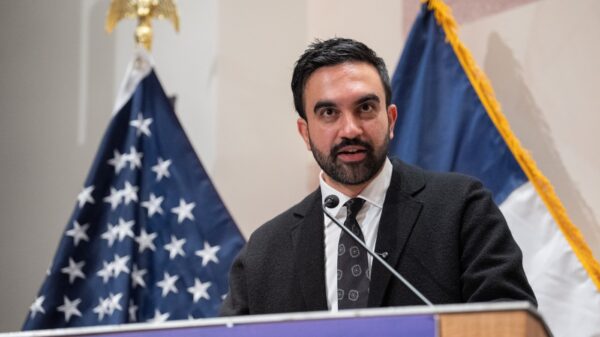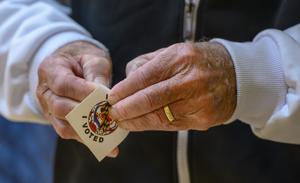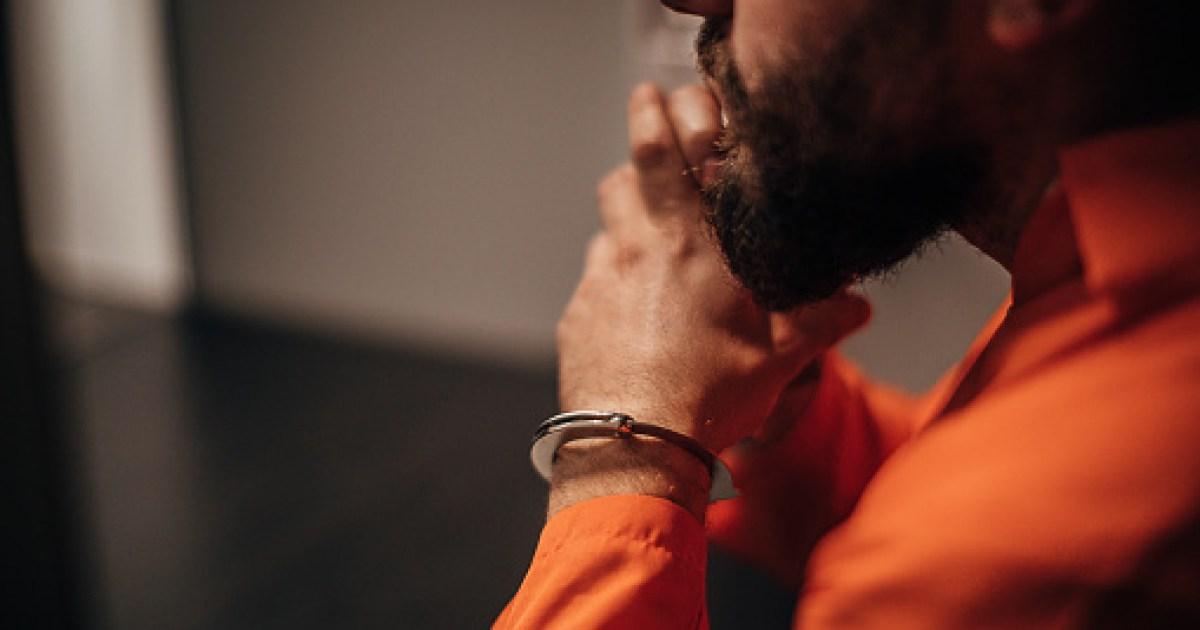Samantha Stein, a forensic psychologist, has dedicated her career to evaluating some of California’s most dangerous sexual offenders. In her role, she faces the daunting task of determining whether these individuals should be released after serving their sentences or confined indefinitely under the state’s Sexually Violent Predator Act.
Her work often takes her to prisons and psychiatric hospitals, where she engages with men who have committed heinous crimes. “It was emotionally challenging to be exposed to the worst of what human beings can do to each other,” Stein shared in a recent interview.
Facing the Reality of Violent Crimes
Stein began her journey in this field in 1997 while training as a therapist. She worked in rehabilitation groups for sex offenders, an experience that laid the foundation for her later evaluations. By 2006, she transitioned into a role focused on assessing the danger posed by offenders once they completed their sentences.
Her experiences in the prisons were overwhelming. “I wasn’t expecting to be walking amongst incarcerated people,” Stein recalls. The older facilities, described as noisy and overcrowded, left a lasting impression on her. She conducted evaluations on a range of offenders, from child molesters to violent psychopaths.
One particularly disturbing encounter involved an offender who had violently attacked a fellow student and later raped a woman. “When I brought the incident up, he laughed and dismissed it as a lie,” she said. Another case involved a man who, at just 17 years old, broke into a woman’s home and attempted to rape her while threatening her life.
Stein often faced unsettling situations. During one evaluation with a multiple offender named James, he shockingly began to stimulate himself in front of her. “It was a little scary, but more of what I felt was anger,” she explained. Such impulsive behavior made it easier for her to recommend indefinite confinement.
Over an 18-month period, Stein conducted 120 evaluations. Only 10% of those assessed met the criteria for continued hospitalization, a statistic that speaks to the complexities of her decisions.
Balancing Professional and Personal Life
The nature of her work took a toll on Stein. After long days filled with discussions of violence and trauma, returning home to her family was challenging. She relied on yoga and meditation to help manage the emotional weight she carried. “Even as I was driving home, I would be thinking about the cases,” she noted.
Despite the difficulties, Stein found pride in her contributions to public safety. While some may view her as stripping rights from offenders, she believes her evaluations have made society a little safer. “When you change the life of someone who is a violent criminal, you not only change that person’s life but all of the potential lives that they interact with,” she said.
Stein recently published a book titled Evil At Our Table: Inside the Minds of the Monsters Who Live Among Us, which details her experiences and the intricacies of her decision-making.
Ultimately, after enduring nearly two decades of working with dangerous offenders, Stein made the difficult choice to step back from her role. “I felt like there was too much darkness, and that I needed to do something more hopeful and positive with my time,” she explained.
Her journey offers a unique perspective on the intersection of mental health and criminal justice, inviting readers to consider the humanity of those who commit the most serious offenses.







































































